Experienced Energy Experts
10+ Years in Energy Industry

10+ Years in Energy Industry
New energy charging station solutions cover various aspects such as design, construction, operation, and management of charging infrastructure. The goal is to meet the needs of electric vehicle (EV) users, improve charging efficiency, and promote the use of renewable energy.
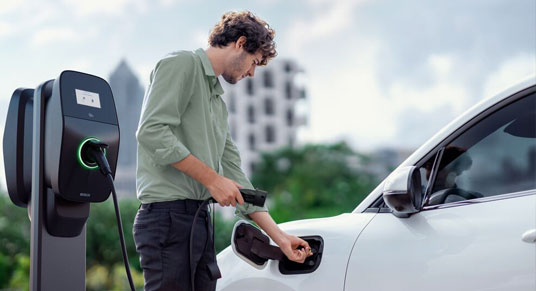
Characteristics: Mainly used in homes and commercial locations. Relatively slow charging speed, suitable for places with longer stay times (such as parking lots, hotels, etc.).
Solution: Provides AC charging stations with various specifications (such as level 3 charging power of 7kW, 25kW) to meet the needs of various electric vehicle models.

Characteristics: Faster charging speed, suitable for long-distance travel locations such as along highways. DC fast charging can charge electric vehicles up to 80% in 30 minutes.
Solution: Build DC fast charging stations to meet fast charging needs and support various types of charging interfaces (such as CCS, CHAdeMO) to be compatible with various electric vehicles.

Characteristics: Uses electromagnetic induction for charging. Convenient and aesthetic design improves user experience.
Solution: Develop and promote wireless charging technology, particularly by conducting trials in commercial areas and parking lots to increase market awareness.
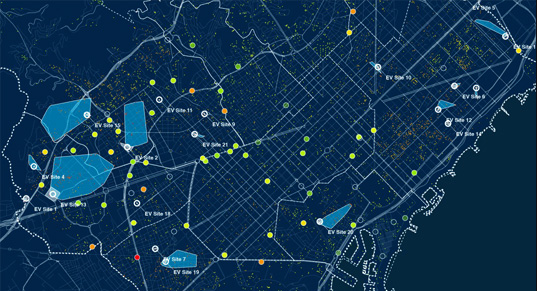
Mobile Application: Develop smart mobile applications to provide charging station location information, real-time status, charging reservations, and payment functions.
Smart Navigation: Integrate map services to help users find the nearest charging stations and provide travel routes.
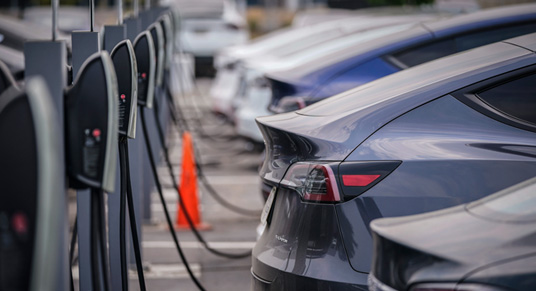
Public Charging Network: Collaborate with governments, power companies, and other charging service providers to build cross-city and cross-regional charging networks.
Commercial Partnerships: Work with shopping centers, hotels, office buildings, and other partners to build charging stations to improve user convenience.
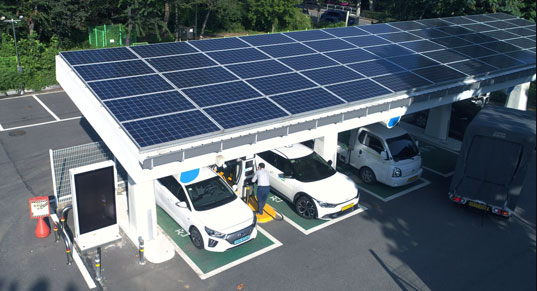
Solar Charging Station: Integrate solar panels into charging stations to utilize solar energy as a power source, thereby reducing operational costs.
Wind Power Charging Station: Place small wind turbines in suitable locations to provide electricity for charging stations, thus increasing energy sustainability.
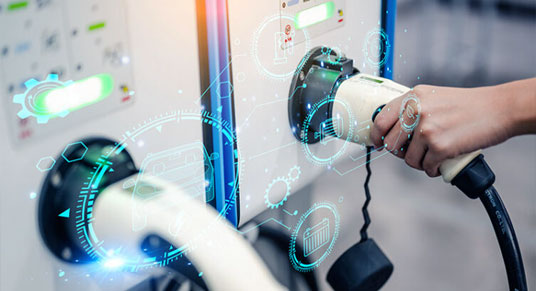
Real-time Monitoring: Monitor charging station operational status, provide error alerts, and perform daily maintenance and management through remote monitoring system.
Security Protection: Integrate protection designs such as overcurrent, overvoltage, and short circuit protection in charging stations to ensure user safety during charging.
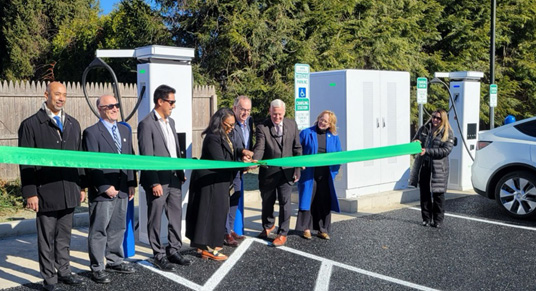
Online and Offline Combination: Increase user awareness about electric vehicle charging stations through online and offline strategies, and work with government agencies to promote environmental and economic benefits of electric vehicles.
Collaboration with Manufacturers: Work with car manufacturers to conduct electric vehicle charging trials, so that consumers can experience the convenience of using electric vehicles and the ease of using charging stations.